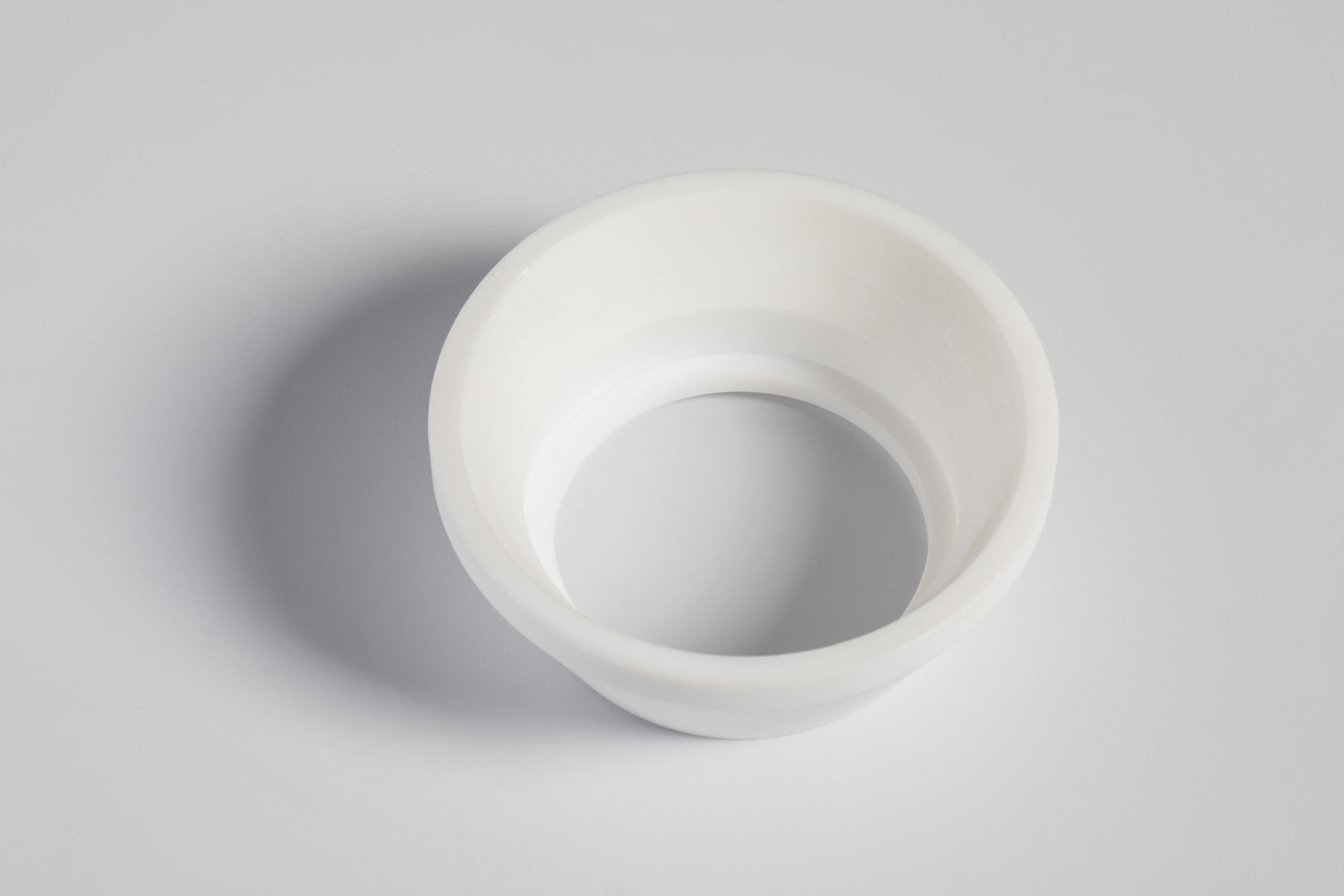There are two main categories of polymers used for ball valve seats: PTFE (both virgin and filled and PEEK. These are popular materials for several reasons, but each one has applications to which they are better adapted.
The Benefits of PTFE Spring Energized Seals for Oil and Gas
In the oil and gas industry, having seals that can withstand the extreme environments found in the industry is imperative. PTFE spring energized seals provide the wear resistance and more needed, which is why many engineers are turning to PTFE spring-energized seals for oil and gas operations.
In this post, we are going to take a look at why based on the three key factors for seal selection: temperature, pressure, and media.
The Problem with Oil and Gas Seals
As competition for natural resources increases, petrochemical companies have begun to look to new locations that pose new challenges, from arctic operations with low ambient temperatures to subsea equipment with high pressures and extreme temperatures.
In addition, companies face higher demands for safety, reliability, and environmentally-friendly designs and processes. On top of that, there is also the challenge of reducing the footprint of structures and equipment for exploration and production of oil and gas. All of these factors combined have driven up the costs involved in exploration and production, and made the design of oil and gas systems far more complex.
The design and selection of appropriate seals is key to many of these issues…
When seals malfunction, unpleasant things result:
- personal safety hazards,
- explosions and fires,
- damage to local ecosystems,
- downtime,
- and repair costs.
The solution? PTFE spring energized seals!
Wide Range of Temperatures
Temperature is one of the key aspects of selecting a seal in the oil and gas industry. High temperature steam can cause a seal to become brittle and crack. Temperatures below the glass transition temperature of a seal can cause a seal to behave as a brittle material, resulting in unexpected failure.
Polytetrafluoroethylene PTFE (Teflon) behaves differently from other plastics when it comes to its behavior at extremely high and cryogenically low temperatures. There is still considerable debate over what its glass transition temperature is, but researchers agree that it can hold its strength at higher temperatures than most polymers, and still behave in a ductile manner at lower temperatures.
There are several different types of PTFE polymer seal jackets are available for spring-energized seals. They cover a range of temperatures; for example, polyimide filled PTFE can function in temperatures down to -450° F while glass/moly PTFE can operate in temperatures up to 500° F.
Key Factor #2: Pressure Issues
Pressures between 1,500 psi and 15,000 psi are becoming commonplace, with some applications pressures are up to 25,000 psi. PTFE seals offer excellent performance at both low pressures, where the spring energized seals support sealing even at low temperatures and high pressures.
Pressure specifications for a seal are not just limited to the sealing capabilities, but can affect other properties as well. For example, pressure can affect the glass transition temperature of a polymer: high pressures can drive down the glass transition temperature of a polymer, causing it to exhibit unexpected brittle behavior. This is especially critical in sub-sea environments.
Another issue with pressure is extrusion. There are certain types of filled PTFE that offer extremely high resistance to extrusion: Moly-Filled PTFE, Glass-Moly PTFE, and Polyimide-Filled PTFE.
Key Factor #3: Media
In the oil and gas industry, seals are going to be exposed to chemically aggressive media. Sour gas and acid gas are some of the most chemically aggressive materials encountered in this industry, but PTFE spring energized seals are resistant to their attacks. When media such as this are combined with high pressures and extreme temperatures, PTFE still performs well. And the energized springs in the seal help keep it’s form even when exposed to such harsh chemicals.
Conclusion
Oil and gas companies are faced with increasingly complex challenges, and to meet those challenges they need cutting edge equipment with reliable components. PTFE spring energized seals are one of those components, providing a leak-tight seal, excellent performance over a wide range of temperatures, and compatibility with many corrosive chemicals encountered.
- « Previous Page
- 1
- …
- 67
- 68
- 69
- 70
- 71
- …
- 190
- Next Page »


